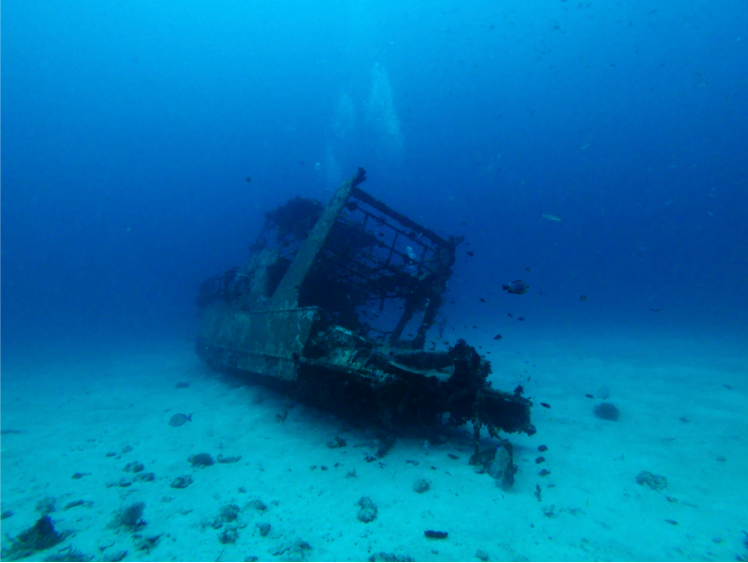
An AI tech was taught to detect sunken ships using images taken from the air and ships on the surface. The project was focused on the coasts of mainland US and Puerto Rico.
The AI is now ready for more extensive tests in unknown regions to look for shipwrecks still missing.
How Was The AI Made?
It started with a collaboration with Leila Character, a doctoral student in Geography at The University of Texas at Austin College of Liberal Arts, and the United States Navy Underwater Archaeology Branch.
Character could teach a computer to identify shipwrecks located on the ocean floor by using scans taken from the air and sea. To the team's delight, the model is 92% accurate in finding known shipwrecks from the data provided.
The accuracy is as good as how NASA uses its own AI to enhance the Sun's images for researchers.
Character explained that it was essential to teach the computer what a shipwreck would look like and differentiate a shipwreck from the sea's topography.
She came up with a solution to show the computer several images of shipwrecks and taught the AI how a natural ocean floor would look like.
She further used the National Oceanic and Atmospheric Administration's public database to do so, as mentioned in Conversation's article.
AI Solution
The AI is made to not only detect sunken shipwrecks, but to explore as well in a way that researchers won't be put in harm's way.
The images used to teach the AI came from 23 kilometers up from the sky all the way to a depth of 85 meters.
An improved version of the AI can help automatically map all known shipwrecks over a vast area. The map created by the AI can significantly reduce finding shipwrecks and go straight for exploration instead.
The AI can also be used in the future to not only map shipwrecks, but buildings, statues, airplanes, or submerged archaeological features.
Future Improvement to the AI
Character and her team would like to feed more data into AI worldwide, which would greatly improve its accuracy. The hope for Character is that if they do find shipwrecks from the model, the Navy's Underwater Archaeology Branch will explore the sunken ruins as well.
By the branch doing so, it will help Character to better improve the precision of the model even more. She is currently working on a few projects regarding archaeology, which she can customize for any scenario thrown at it.
The model AI she would want to create would be used to switch quickly between different types of archaeological data from across the globe.
Other Similar Research
There are other ways to find shipwrecks, like the ones using deep learning and imagery captured by underwater drones.
Those types of projects are able to detect shipwrecks in close proximity to the drones, which makes it more difficult for researchers to cover wide expanses of the ocean.
Other research in regards to AI helping humans is when Stanford researchers taught AI to teach students on computer coding.
This article is owned by Tech Times
Written by Alec G.




